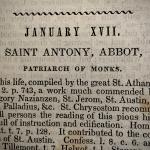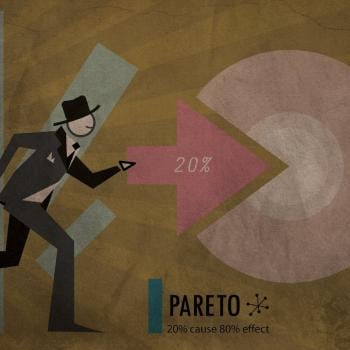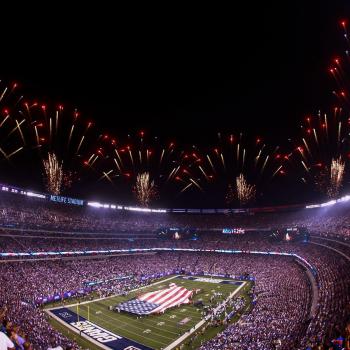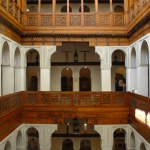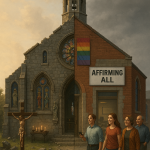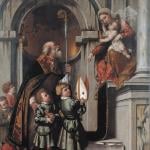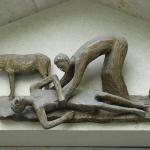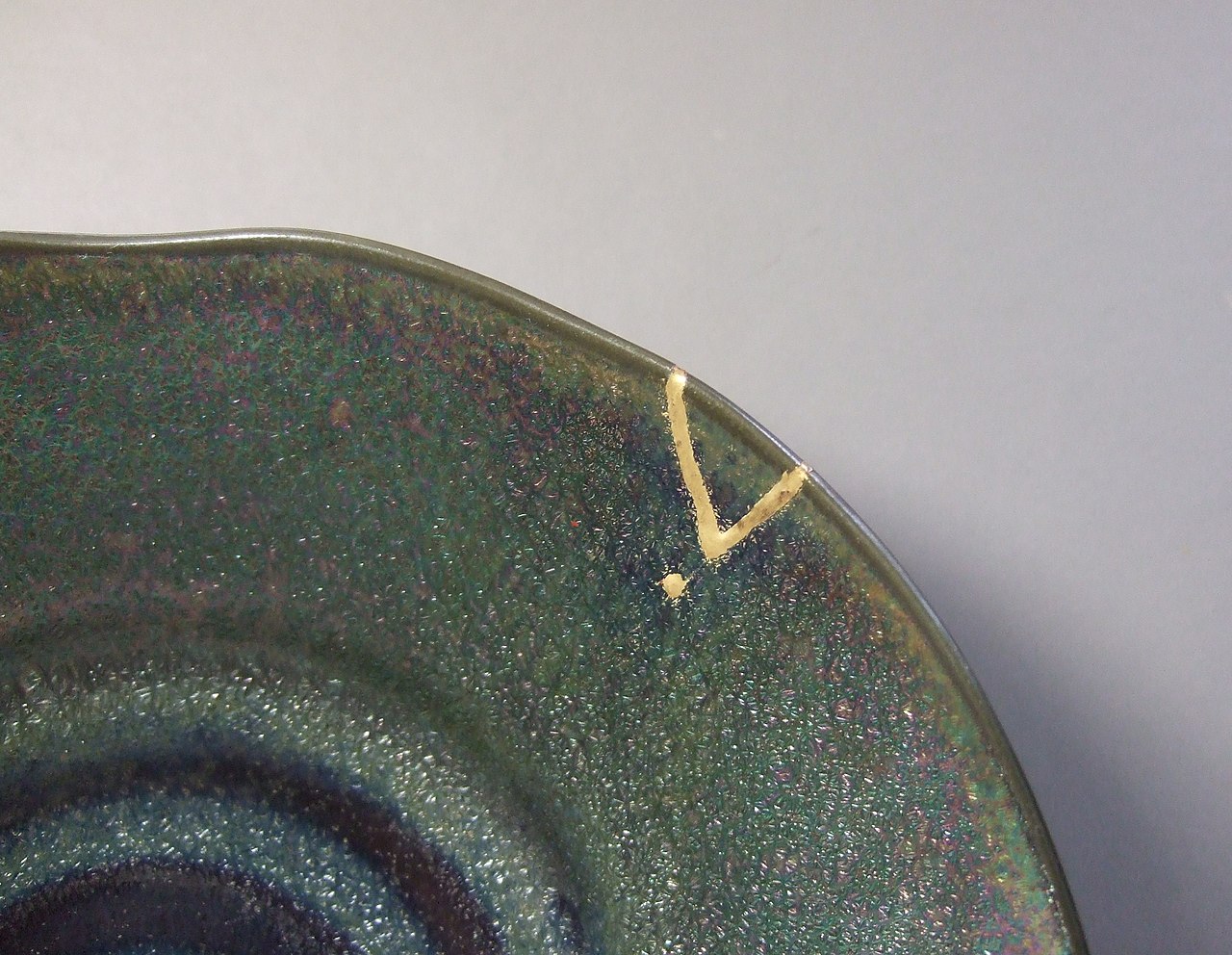
Christmas season hit me a little different this year. Happily, we moved into our house before Christmas, but we spent most of advent waiting, without our own home to decorate or prepare in. Because of this, I think my brain was reaching for something to make our new house feel like home for the season. I was thinking back to happy childhood Christmases and what made them special. For the first time in a while, I felt an overwhelming nostalgia.
Nostalgia: An Emotion of Pain and Sweetness
A few weeks after experiencing this nostalgia that brought me all the way to Walmart to buy ginger snaps and butterscotch like my grandfather used to keep in his kitchen, I saw this short video that described the meaning and nature of the word “nostalgia”. Here is the video if you’d like to watch and skip the next section where I’m about to summarize it.
Etymology of Nostalgia Explained
“Nostos” I learned was greek for returning to a place. “Algos”, was a word for pain.
The pain of nostalgia was once believed to be significant enough to make soldiers not recover from otherwise non-fatal wounds.
Today, “nostos” is more commonly used to mean sweet, and in English we associate it as a generally positive emotion.
My Takeaway from Nostalgia
Nostalgia is a great word and example of a theme in Salvation History and our Faith: how God takes something painful, sheds new light on it, and makes it sweet.
Kintsukuroi: Physical Brokenness Made Beautiful
Kintsukuroi, is a Japanese word, artform, and philosophy wrapped into one. It means “golden repair”.
I first learned about this concept from one of my favorite bands, Hey Rosetta!. They have an album called Second Sight with a song called Kintsukuroi. Also, kintsugi artwork is displayed as a main theme of the album artwork. I love this image.
It is definitely worth a listen (For those who appreciate musicianship, check out the live performance below). There is also a whole commentary album on Spotify where Tim Baker explains some of his song writing:
“…through all that trauma actually growing closer and being together with a love that is actually stronger and more significant and more beautiful than it was before.”
Tim Baker on Kintsukuroi
Breakdown of the Song, Kintsukuroi
While the point is probably made, I can’t ignore the beauty of some of Baker’s lyrics in this song.
Intro: Nostalgia
The first verse starts with nostalgia. “Bring that summer, on your shoulders…” he remembers a time when he was happy in a relationship that was evidently short lived. “I was alone come winter.”
Chorus: Healer is Mending
At the chorus, there is a different relationship, one of a potter mending the singer’s heart and soul through Kintsukuroi.
“Oh, like you can see inside of me. Lay your Healer’s hands upon me, and bring that summer sun.”
So here is the new relationship where the insides of the pottery are open the way they were never meant to be, but the potter will use sunlight and brightness, to mend that.
Second Verse: Highlighting Faults to Show the Good.
In the second verse, the song seems to describe old photos or digital memories when he says “raised on pixels, in they come, in they pour like poison, all their lies and fantasy.”
We all know in the digital age, that media can hide faults. Yet, in this new relationship, he is told that he wants all of the faults as long as they are part of the real version.
“But I want your faults aley,
I want the real thing!”
Second Prechorus and Outro: Brokenness Made Better
“On into the gold river, where the rocks will wreck you,
but then the rocks will save you, the hands will help you up.”
“Bless this broken bowl. Make it whole.
Make it better than it was before.”
This is just something you can listen to or read, and take with you for prayer or otherwise. Beauty.
When our nostalgia causes us to have more pain than sweetness, we can try to find the gold in the cracks and mend the memories like a bowl to make them whole and beautiful again.
Garden: Toil and Barrenness Turned to Sweetness and Beauty
The garden has long been an analogy for Christians. Jesus himself spoke of growing wheat, sowing seeds, and dealing with weeds and chaff.
These examples of nostalgia and kintsukuroi remind me of one particular garden analogy that I heard on a retreat that I was playing music for.
The priest who led the retreat asked us to imagine our most difficult moments in life, and the parts of ourselves that we dislike the most. Then he said to picture it like the side of a road that is littered or even just barren dirt.
In last part of this meditation, he told us that God the Father can transform any soil, even precisely the patch that we thought was rotten, and turn that into the most incredible garden.
Tilling this ground will be painful. Planting, fertilizing, and weeding will be hard work. However, in the end, it is worth it because, like with Kintsukuroi, God the potter and gardener can take your faults and use them for the greatest good.
Garden by Matt Maher
I had been playing this song at praise and worship nights for years at this point, but that night, after that meditation, this song hit harder and was sung with more passion than I had ever heard.
If you haven’t heard this song, it is a beautiful reflection on Eden, the Fall, and God’s promise to never abandon us.
The lyrics remind me of the Easter Vigil exult that we sing each year “O Happy Fault… that earned for us so great a redeemer.”
In the words of Matt Maher’s song:
“All the broken are mending
the mournful rejoicing.
Seeing through tears of peace overflowing.”
God’s Power to Redeem Pain for Sweetness and Beauty
So there is a phrase that I love, “God writes straight with crooked lines.” And this is amazing because it applies in two ways:
- God has taken the fall of Adam and Eve, and used it to redeem us in the Greatest Story Ever
- He also takes our individual faults and, again through the cross, uses them to serve Him in this world.
For this I am grateful. God can take our pain, our sadness, our imperfections, and make them sweet and beautiful through His Providence.
Nostalgia is a bittersweet pain and sweetness. Kinstukuroi takes what is broken and makes it beautiful. The Garden is an analogy for both.
Read more Formed by a Flame or Subscribe to the Newsletter!




